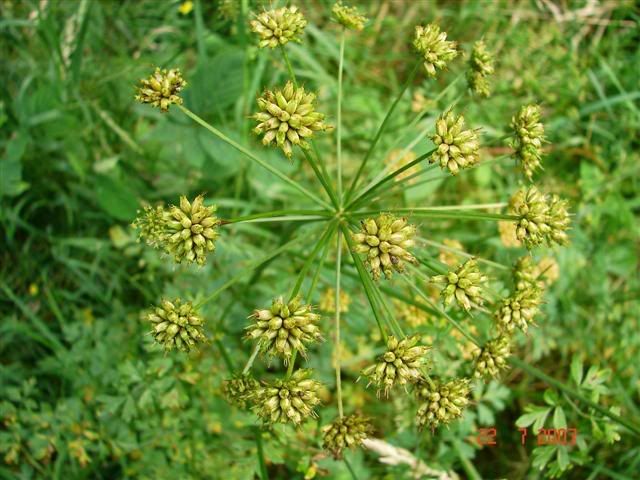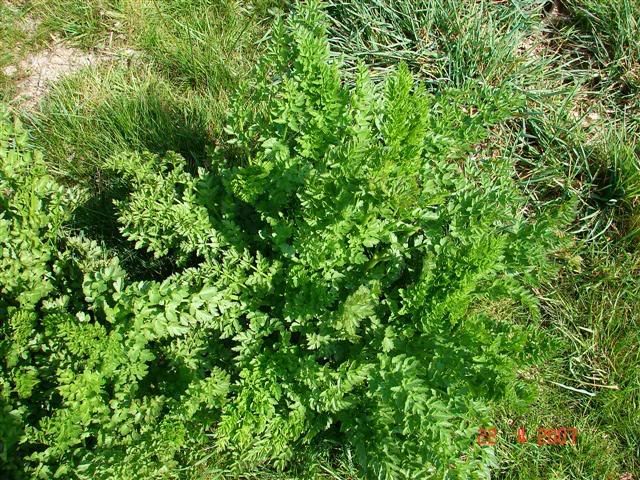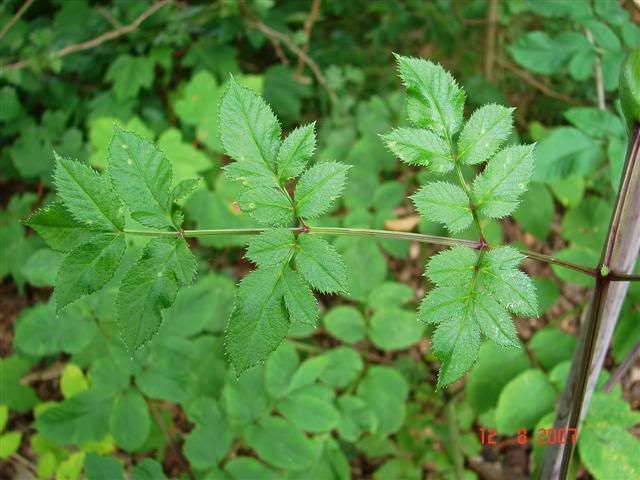Some interesting replys there. Tis hard though....Try the seed heads to see if that will help....
Plant no 1....

And plant no 2....

Plant no 1....

And plant no 2....





I would say 1 is Hemlock Water-Dropwort and 2 is Wld Angelica
Well number 1 does look a lot less scary than number 2 - I'm basing this on the stem
size, but for all I know they could be the same plant but at different ages. Those flowers
do look very similar. I'd be totally dead ;-)
Then again the flowers on #2 look very relaxed as if they're having a lovely time wafting
in the breeze whereas the ones on #1 look aloof and unfriendly and perhaps poisonous?
I've got no idea - I also thought there was something a bit hogweedy about them but
I don't know. I'm going to buck the trend and vote #2 as the edible...
Jo (RIP)
Good heavens, I was right! Although my methods are rather shakey!!edible wild angelica (no2)
You were right Jodie, I loved your methods, but I will stick to me books I think...Good heavens, I was right! Although my methods are rather shakey!!
Well I really need to compare more plants please Jon, to test my 'which looks
friendlier?' theory further ;-)
